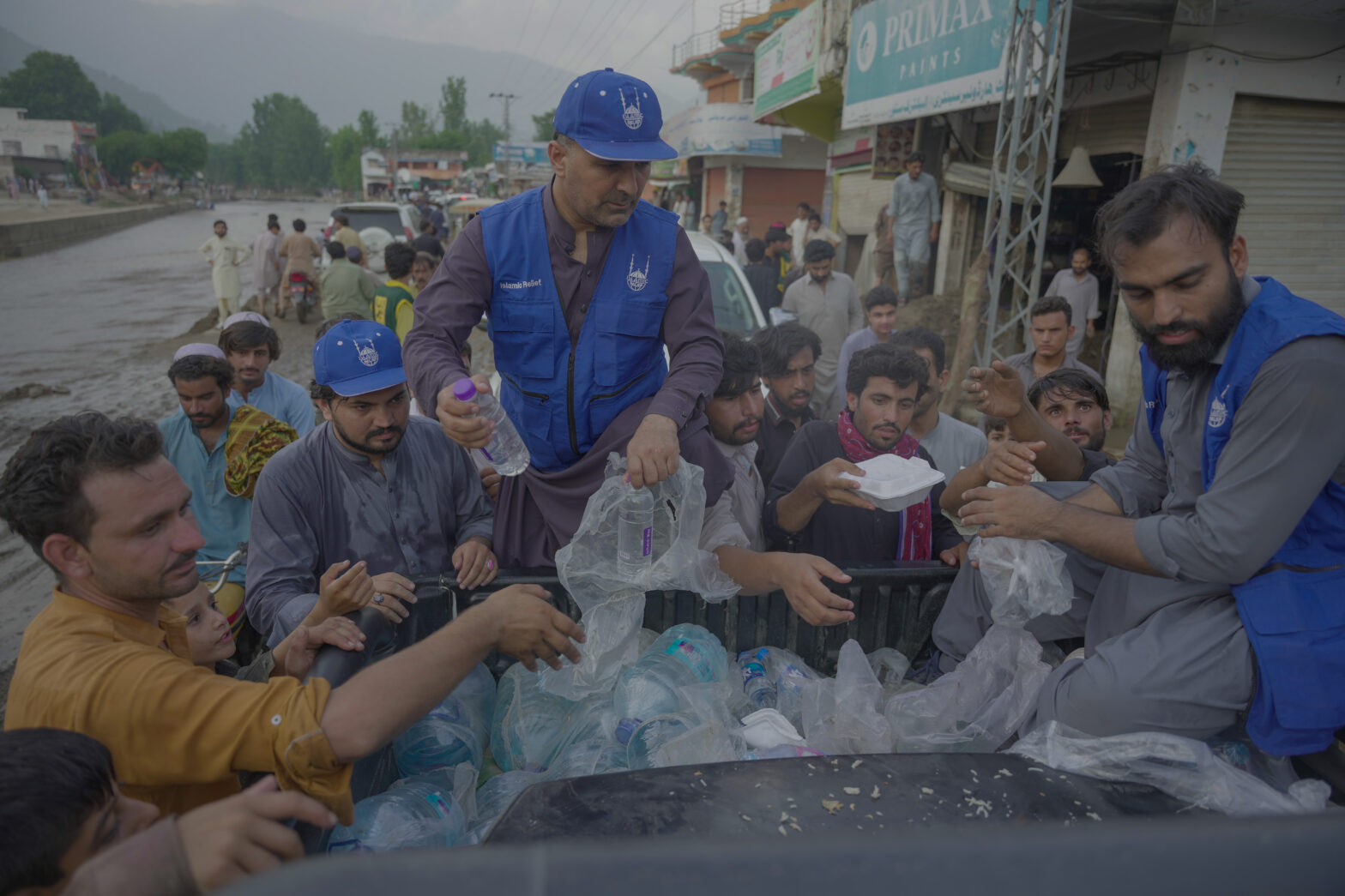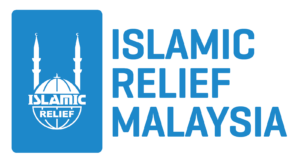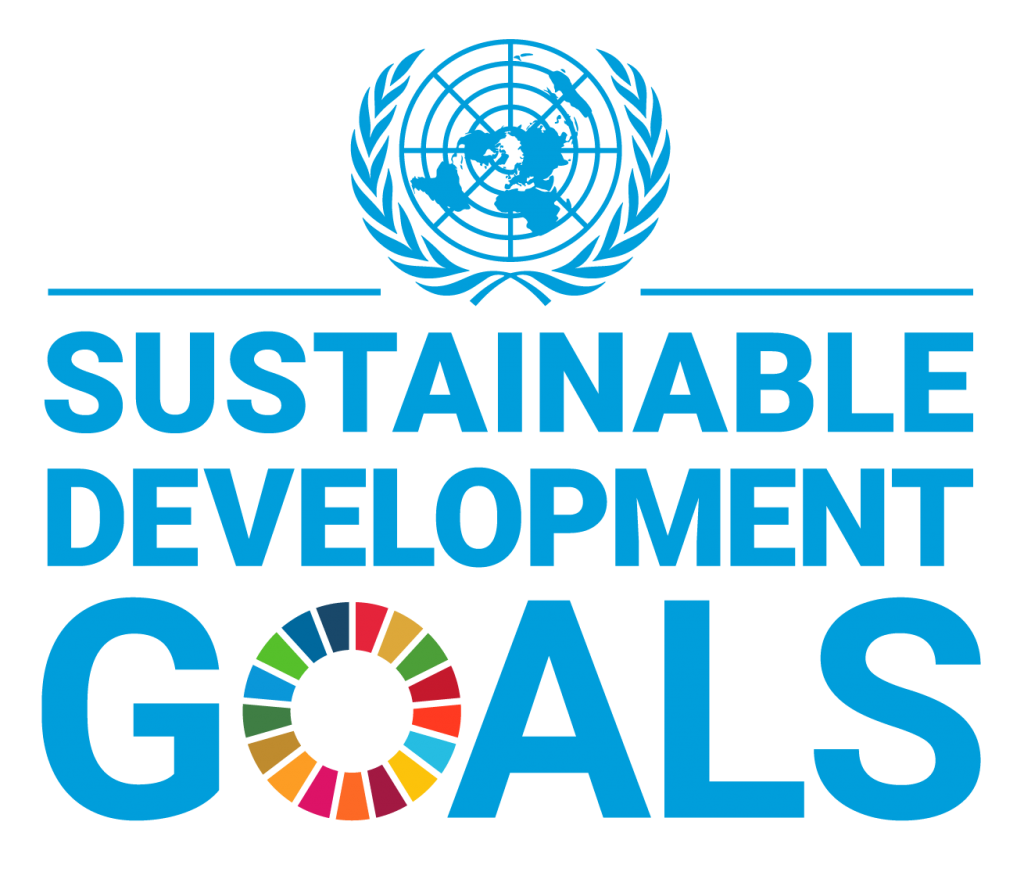
PAKISTAN, August 18 – Heavy monsoon rains continue to devastate Pakistan, with particularly severe conditions reported in Punjab, Khyber Pakhtunkhwa (KP), Azad Jammu & Kashmir (AJK), and Gilgit-Baltistan (GB).
The most recent spell of rain from 14 to 15 August triggered flash floods, cloudbursts, and landslides, resulting in significant loss of life and widespread damage to property. Entire communities have been cut off, and thousands of families are now in urgent need of humanitarian assistance.
According to the National Disaster Management Authority (NDMA), 645 people have lost their lives and 905 have been injured since late June.
Infrastructure damage is also extensive, with more than 1,900 homes either damaged or destroyed, 124 bridges collapsed, nearly 450 kilometers of roads affected, and 587 livestock lost.
The Pakistan Meteorological Department has issued further warnings, stating that the monsoon remains active, and more urban flooding and landslides are expected in vulnerable areas.
Search and rescue operations are still ongoing, and the full scale of destruction continues to unfold.
Accessibility remains a major challenge. Roads and bridges have been destroyed, cutting off entire communities, while electricity and internet services remain down in many affected areas, further complicating relief efforts.
Despite these challenges, Islamic Relief Pakistan mobilised within 36 hours of the disaster, reaching some of the most remote and hardest-hit areas, including mountainous regions in Buner and beyond.
Emergency response teams are currently providing cooked meals, clean drinking water, and other forms of life-saving support, while also assisting and complementing government-led search and rescue operations.
Islamic Relief has been actively engaged since late June, distributing food packs to 50 families in Rawalpindi, providing cash assistance to 250 families in Rajanpur, and conducting rapid needs assessments across South Punjab.
Our teams continue to save lives, gather first-hand information, and adapt response plans in close coordination with the government, UN agencies, and humanitarian partners to ensure that no one is left behind.



